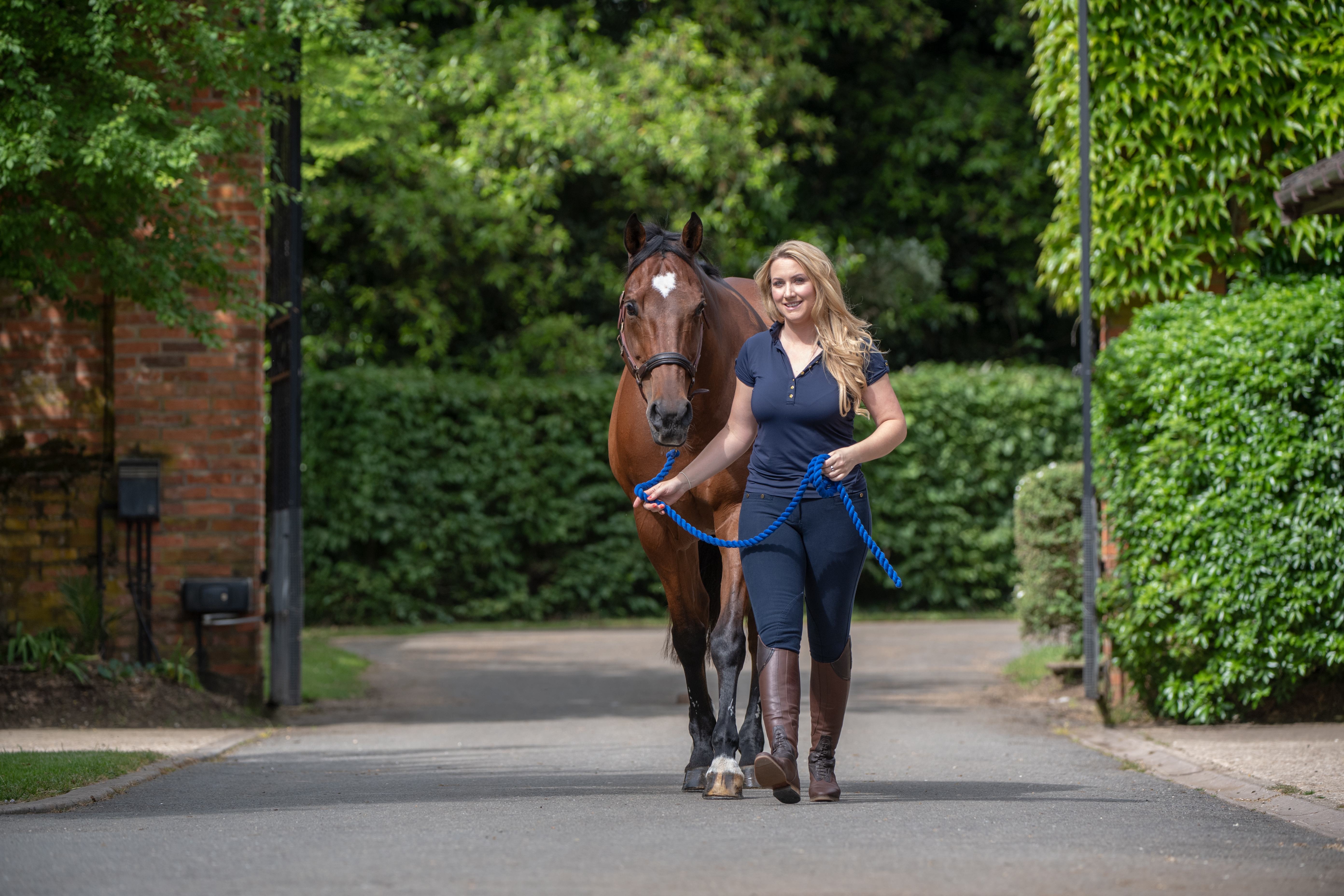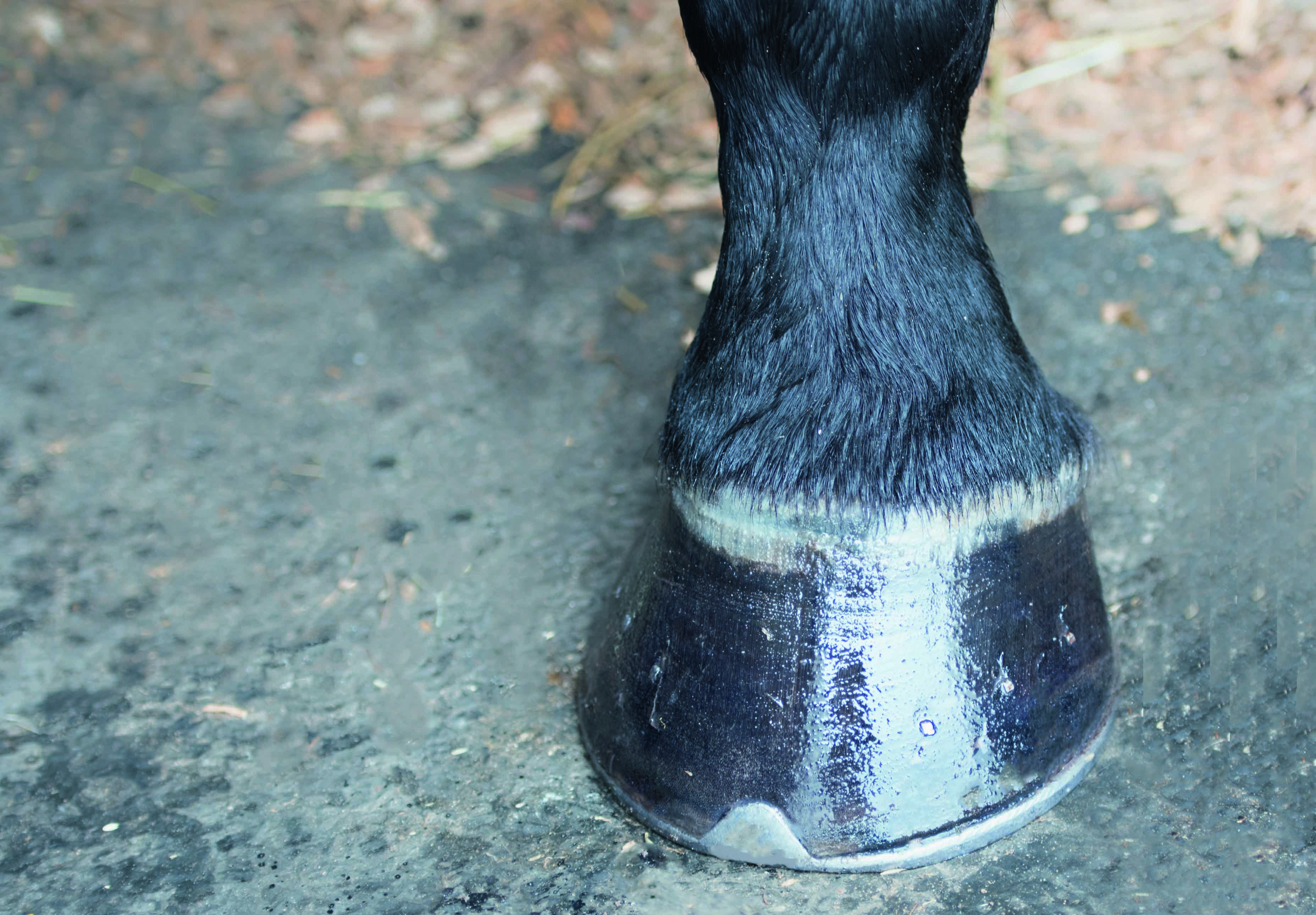Your guide to feeding a senior horse or pony, to help achieve optimum health as they get older.
Just like us, our horses are living for longer and nutrition plays a major role in keeping them fit and healthy. Older age often brings with it a reduced ability to maintain condition and muscle mass. Providing the right amount of calories and the correct levels of high quality, digestible protein is essential. Optimum nutrition is also key to the support of vital organs, joints and the immune system. Some older horses are best on low calorie horse feed (particularly good doers), and others are best on high calorie horse feeds.
Dodson & Horrell has been formulating innovative and effective formulas for over 80 years. Their expertise, passion and care ensures your senior horse or pony gets the right nutrition to suit their specific needs.
Key Challenges faced by Senior Horse & Pony Owners
- Maintaining condition
- Mobility and Joint Support
- Immune support
- Providing sources of Digestible fibre
- Laminitis
Maintaining condition
As horses and ponies get older, they may struggle to maintain their bodyweight.
Some horses may begin to lose weight or condition due to dental problems or reduced ability to absorb nutrients from the intestine; maintaining condition can be a real challenge for owners.
Top Feeding Tips
- Maximise Fibre Intake: Ensure they receive optimum levels of fibre per day (at least 2% of their bodyweight on a dry matter basis, ideally with forage/fibre available at all times). Adding essential fibre into your horse’s ration is a must-have for maintaining a healthy digestive system.
- Utilise higher calorie fibres such as alfalfa or sainfoin. This can increase calorie consumption whilst providing low sugar and starch feeding options.
- Maintaining muscle mass: Older horses may struggle to maintain muscle mass, even if they are still in work. Feeding a high quality, digestible protein is essential. Look out for the markers of quality protein, namely the amino acids Lysine and Methionine.
Recommended Products:
Mobility & Joint Support
As horses and ponies get older, they are subjected to general ‘wear and tear’ of their musculoskeletal system. Providing components in their diet to support their joints should be considered.
Top Feeding Tips
- Support Joint health with Glucosamine and MSM (Methyl Sulphonyl Methane). Glucosamine is a naturally occurring molecule which forms the structural chains within connective tissues including cartilage and joint fluid. Research has shown that glucosamine can delay cartilage breakdown and encourage healing when fed at 10g/day for a 500kg horse. MSM is essential for strength and elasticity of collagen, cartilage and joint fluid.
- Consider your horse’s fatty acid intake. Omega 3’s are an essential part of a horse’s diet, especially when the horse cannot synthesise them itself from other feed materials. Omega 3’s are essential for the support of Joint health.
Recommended Products:
Immune Support
Oxidation is a normal process involved with energy production and immune function. However, during oxidation, a small number of unstable oxygen molecules known as ‘free radicals’ are formed that can cause damage to cells within the body. It is suggested that old age is associated with increased free radical damage, decreased immune function and increased susceptibility to disease.
- Providing adequate dietary antioxidants alongside a well-balanced diet can help support immune function. Look out for ‘Quality Life Care’ antioxidant package in Dodson & Horrell products; a cocktail of natural plant-based antioxidants that work together and have been shown to increase plasma Vitamin E.
- Vitamin E is a powerful antioxidant that helps ‘mop-up’ excess free radicals produced during stress, exercise and normal physiological processes.
- Consider herbal support supplements such as Echinacea and review your horses’ diet to ensure they are receiving optimum levels of nutrients on a daily basis to support their overall health.
Recommended Products:
Providing Sources of Digestible Fibre
Adequate fibre intake is not only important to help meet calorie requirements, but also for the healthy maintenance of the digestive system.
- Consider fibres that can be soaked: The digestive process begins in the mouth and it is therefore important to consider which sources of fibre will be best, particularly if your horse has poorer dentition. Steamed hay and grass tend to be softer which could help those that struggle to chew more ‘stalky’ and drier fibres. Cubed fibres and feeds can often be soaked down easily and using soluble fibre sources such as sugar beet pulp can be useful options to help maintain your horses daily dry matter intake.
- Provide a blend of fibre sources: Since fibre is digested in the hindgut, it is important to ensure that optimum fibre fermentation occurs. Research has shown that providing horses with a variety of different fibre sources can support the hindgut microflora.
- Choose feeds or supplements containing MOS, FOS and Actisaf Yeast to help support Hindgut microflora. Both probiotics and prebiotics are great for supporting the bacterial profile within the hindgut which can optimise the horse’s ability to digest forage and fibre. This can support the subsequent energy conversion from volatile fatty acids to help maintain weight, particularly throughout the winter months.
Recommended Products

Laminitis
An extremely painful, multifactorial condition affecting the laminae in the hoof. Careful dietary management can help in the prevention of Laminitis. Horses and ponies prone to laminitis require special dietary considerations; keeping your horse at a healthy weight for their breed and height is an essential part of minimising the risk of developing laminitis. We recommend fat scoring and regular weighing using our scientifically validated weigh-tape every fortnight if possible.
Top Feeding Tips
- Feed sufficient forage: Horses and ponies prone to laminitis still need plenty of forage in their diets otherwise there is an increased risk of colic, gastric ulcers and oral stereotypies. Forage intake should remain a minimum of 1.5% of bodyweight per day (in dry matter) and intake should be split across the day as evenly as possible.
- Choose a forage low in sugar and starch: these tend to be later cut hays but are not always limited to this. It is important to monitor the nutritional analysis of hay/haylage and grass and get your sources of forage tested where possible. Soaking hay for up to 12 hours can reduce the sugars and calorie content, or alternatively mix hay with lower-calorie oat or barley straw (up to 50:50).
- Choose a suitable low sugar and starch concentrate feed: Since most horses and ponies prone to laminitis tend to hold weight easily, it is unlikely they will need large amounts of concentrate feeds. However, it is very important they still get a balanced diet with the essential vitamins and minerals for health and well-being. Consider a lower calorie fibre-based feed or a good quality comprehensive balancer. Always look at the intake of the feed as the sugar and starch as a percentage is only relevant when considering the overall feed intake!
- Look for feeds containing natural antioxidants: shown to be extremely beneficial for horses with laminitis. Antioxidants can help to ‘mop-up’ excess free radicals that are generated and that may cause oxidative damage.
- Provide Digestive Support. Look out for feeds that include a protected source of yeast, MOS and/or FOS. Inclusion of prebiotics and probiotics can help to encourage growth of beneficial microbes in the hindgut; microbial imbalance has been significantly linked to risk of laminitis.
Recommended Products
D&H Favourites
Discover our all-time favourite feeds for senior horses and ponies
Sixteen Plus Cubes & Mix
Ideal for older horses requiring a higher calorie feed to maintain body condition
- Provides key amino acids to support muscle maintenance and development
- QLC antioxidants* for immune support
- MSN and glucosamine for musculoskeletal support
- Actisaf protected yeast to support a healthy hindgut environment, fibre fermentation and nutrient uptake
Senior Support Balancer
Includes specific supplements for senior horses and those requiring joint support
- Actisaf protected yeast to support a healthy hindgut environment, fibre fermentation and nutrient uptake
- Includes MSM and glucosamine tosupport joint health
- Supports hoof strength & growth with biotin, zinc and methionine
- QLC antioxidant package* to support the body against naturally occurring free radicals associatedwith ageing
- Turmeric with cracked black pepper to help support the musculoskeletal system
Safe & Sound
Ideal for horses and ponies prone to laminitis
- Fully balanced, low calorie horse feed that is also low in sugar and starch
- High fibre feed to encourage chewing and prolong eating time
- Additional biotin, zinc and methionine for hoof strength and growth
- QLC antioxidants* for immune support
- MSM for musculoskeletal support
CushCare Condition
A coarse crumble supporting weight gain and condition
- Ideal for horses that are prone to weight loss but require a diet Low in starch and sugar
- High in oil to encourage condition and to keep starch levels low.
- QLC antioxidants* for immune support
- Cinnamon and Chaste Tree Berries for support of the hormonal system
- Carnitine to support fat metabolism
Build & Glow
Supports weight gain and muscle development
- Ideal for horses that require additional calories to maintain body condition whilst remaining low intake
- Ideal for horses that need a calorie top-up in a non-heating form
- Blend of oils containing both omega 3 and 6 essential fatty acids
- Additional vitamin E to support normal muscle function and recovery





